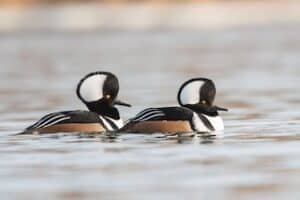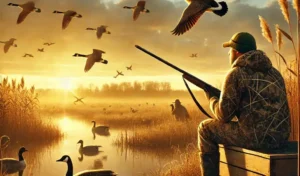Species
Waterfowl, those magnificent creatures that gracefully glide across the water’s surface and fill the sky with their honks and quacks, are a diverse group of birds that primarily inhabit aquatic environments. From ducks to geese and swans, each species possesses unique characteristics that make them fascinating subjects of study and admiration.
Popular Blogs on Waterfowl Species:
Ducks
Ducks, being one of the most well-known members of the waterfowl family, come in various shapes, sizes, and colors.
The mallard, with its vibrant emerald head and characteristic quack, is perhaps the most common duck species encountered worldwide.
Wood ducks stand out due to their breathtaking plumage – a blend of vivid greens, purples, and whites – making them a true marvel to behold.
Pintails are easily recognizable by their long and elegant tails that taper to a point.
Teals captivate with their small stature but compensate for it by exhibiting strikingly brilliant colors.
Diving ducks like canvasbacks have specialized adaptations for submerging underwater in search of food.
Geese
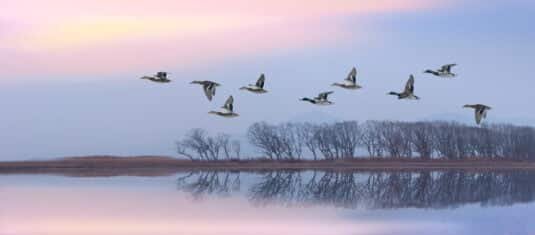
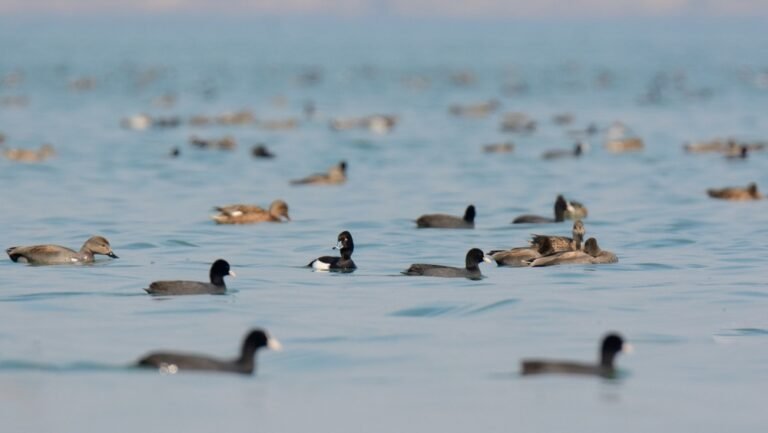
Geese are another remarkable branch within this avian family.
When thinking about geese in North America, the iconic Canada goose immediately springs to mind. These large birds possess distinctive black heads and necks contrasted against light-colored bodies.
Their distinctive honking calls evoke images of serene lakeshores or V-shaped formations crossing expansive skies during migration. Snow geese bring diversity with their white plumage during adulthood – a sight reminiscent of freshly fallen snowflakes.
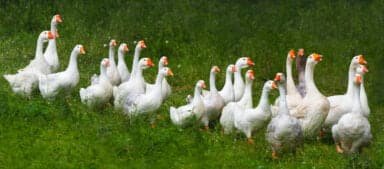
Swans
Swans occupy an esteemed place among waterfowl species as well. The trumpeter swan earns its name as not only the largest waterfowl species in North America but also for its melodious call that resonates through wetland habitats.
Tundra swans showcase incredible migratory instincts as they navigate long distances between breeding grounds in the Arctic and wintering grounds in milder regions. When it comes to habitat preferences, waterfowl find solace and sustenance in wetlands.
Marshes, swamps, and bogs offer them ideal feeding and nesting grounds. These unique ecosystems provide abundant aquatic vegetation for foraging, as well as sheltered areas for nesting.
It is crucial to highlight the importance of wetland conservation efforts in maintaining the habitats necessary for the survival of these enchanting birds. Waterfowl have a herbivorous diet that primarily consists of grazing on aquatic plants such as pondweeds and sedges.
Their feeding behavior often involves dabbling – upending themselves in shallow waters to reach submerged vegetation. With their specialized bills designed for sifting through mud or sieving food particles from water, they skillfully extract nutrients from their surroundings.
Waterfowl
Waterfowl exhibit fascinating breeding behaviors that contribute to their continued existence. They select suitable nesting sites within wetland habitats, often opting for cavities in trees or constructing nests on floating vegetation or elevated platforms near the water’s edge.

Mating rituals can be elaborate displays of courtship involving synchronized movements, calls, and intricate feather displays. Waterfowl species present an awe-inspiring array of unique characteristics that make them captivating subjects to explore.
From the diverse species of ducks with their vibrant plumage to the iconic honks of Canadian geese and the elegance of swans gliding across tranquil waters – each member adds charm to our natural world. By understanding their habits and protecting their habitats through conservation efforts, we can ensure that future generations will have the pleasure of witnessing these majestic creatures flourish in harmony with nature’s grand design

